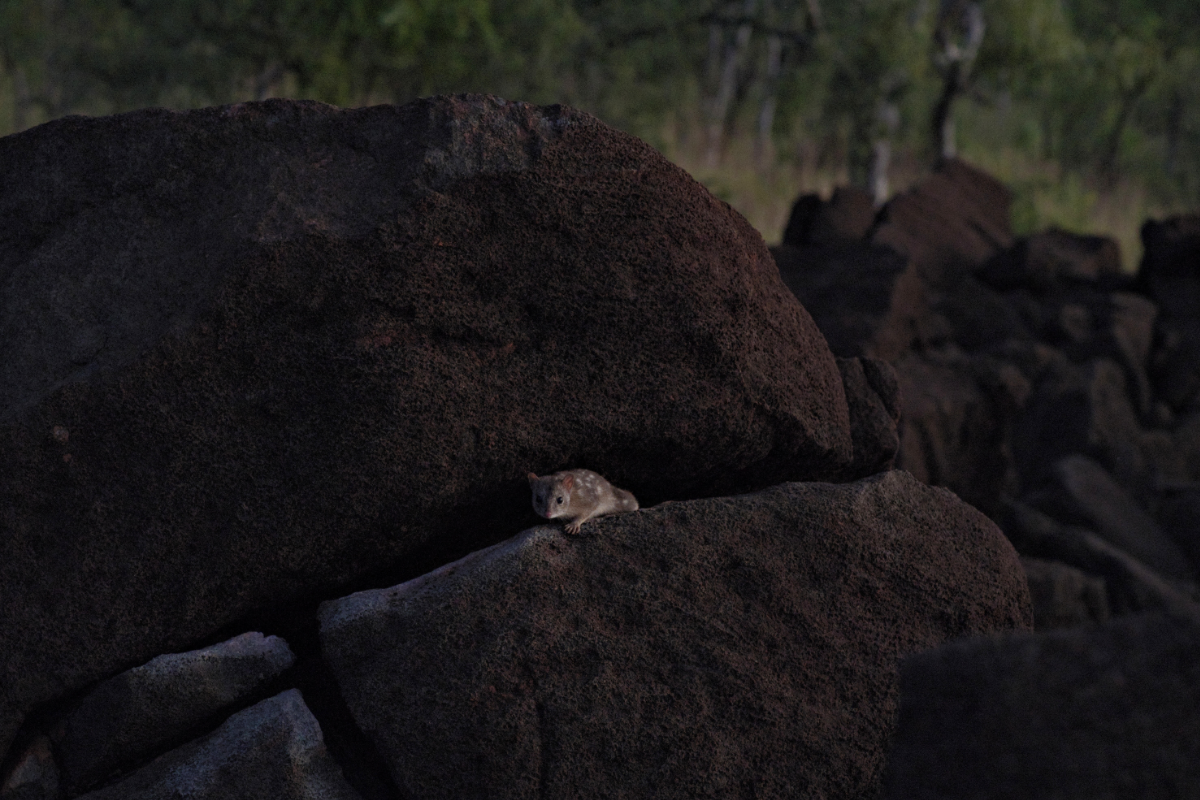Australian Wildlife Conservancy (AWC) has made significant new contributions to the Threatened Species Index (TSX), a national initiative tracking the trends of threatened wildlife populations over time. The 2022 update to the TSX released in December builds on the existing indices for birds, mammals, and plants with new sources and updated data.
What is the Threatened Species Index?
The Threatened Species Index is a collaborative initiative to provide reliable and robust data about trends in populations of threatened species. The index collates data for different groups from scientists and research organisations who collect long-term datasets. The objective is to ‘do for Australia’s threatened species what the ASX does for Australia’s stock market’, with regular reporting on trends that can be accessed and used by policymakers, non-government organisations, other conservation stakeholders and the wider community.
Critically, the TSX provides a tool for interrogating the effectiveness of different conservation strategies.
Which species did AWC contribute data for?
For the 2022 Threatened Species Index, AWC contributed datasets for thirteen populations of eight different threatened mammal species from AWC sanctuaries around Australia:
 Brad Leue/AWC
Brad Leue/AWC
Tracking populations under threat…
The long-term datasets collected by AWC’s team of ecologists provide important insight into how new threats are affecting native species. At Mornington Wildlife Sanctuary in the Kimberley, the data shows a steady decline in a population of Northern Quolls which has been monitored since 2011, which coincides with the arrival of Cane Toads in the region over the past six years.
…and populations in recovery
The data also reveals examples where conservation management has brought about a positive population increase. At Mt Gibson Wildlife Sanctuary in Western Australia, AWC is carrying out one of the most ambitious rewilding projects in the world and has reintroduced nine of a planned ten locally extinct mammal species into a 7,800-hectare, feral predator-free safe haven. Both the Western Barred Bandicoot and the Brush-tailed Bettong populations show rapid population growth in the years following their reintroduction, which has stabilised in subsequent years.
The TSX was developed by the former Threatened Species Recovery Hub, of which AWC was a member, and is now run by the Terrestrial Ecosystem Research Network (TERN) based at the University of Queensland.
Support Australian Wildlife Conservancy's science-led conservation work and safeguard the future of Australia's native species
Donate Now